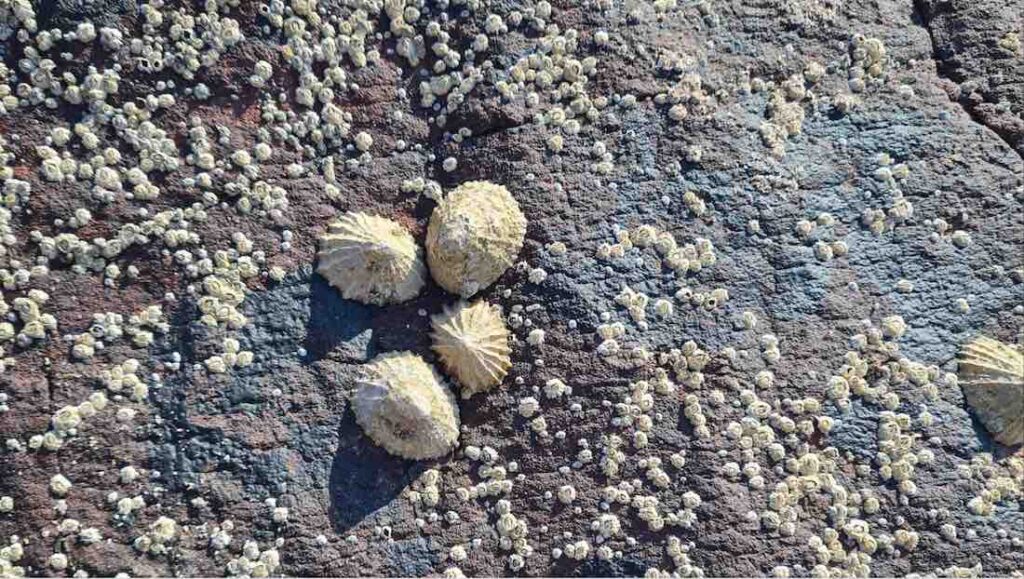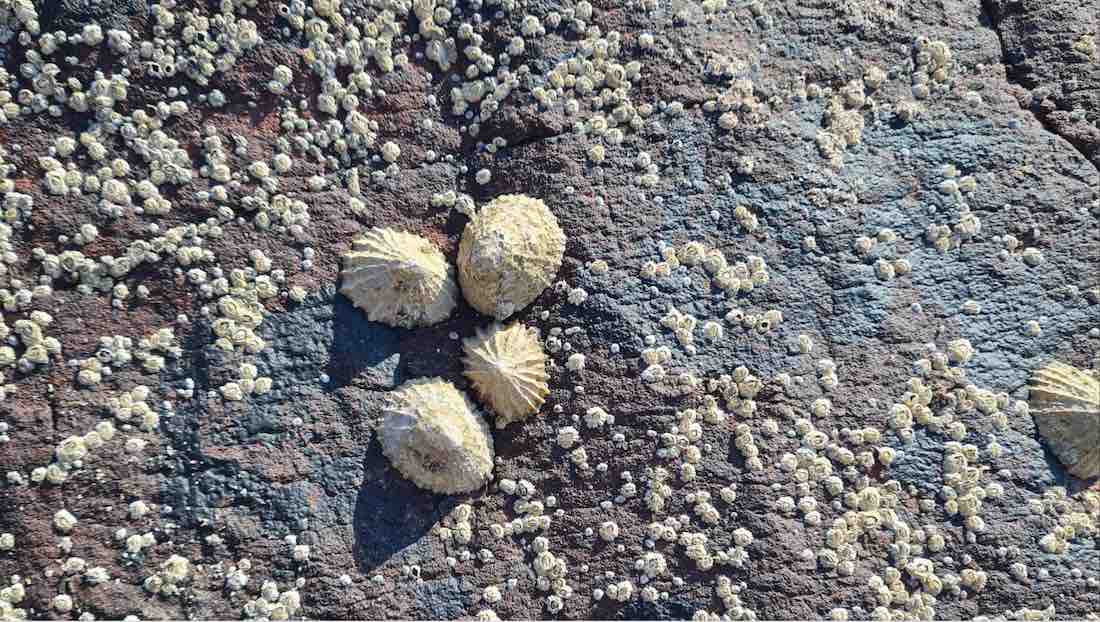Attempting to save some of the 1.9 million people who die from blood loss every year, researchers at MIT are using barnacles as inspiration to craft a glue that can seal a wound in just 15-seconds.

Barnacles are strange old creatures which can glom onto virtually anything in the ocean, whether that’s the smooth metal hull of a ship, the flexible porous skin of a whale, or the craggy surface of a rock. It was drawing inspiration from the barnacles’ oil that the team came up with the potentially-groundbreaking substance.
Whether in an operating theater or administration of first aid, rapid blood loss is a hugely frightening situation. Wound adhesives tend not to work well with major injuries. They rely on coagulants which can take minutes to work, time the patient may not have. Furthermore, they rely on dry-enough skin to be able to hold a wound closed; again hardly the ideal conditions when a patient is bleeding heavily, or if you have to close an internal wound.
Hyunwoo Yuk, a mechanical engineering scientist at MIT, and his colleagues based their barnacle-inspired glue on the cocktail of lipids (fats) that the animals use before clinging to surfaces. This oil they secrete sweeps away contaminants, and primes the surface for glomming onto with a bio-cement that would otherwise not take as well if the surface wasn’t cleared before hand.
When secreted onto a cut in the heart of a rat, it stopped the blood-loss and sealed it within 10 seconds, and proved to withstand 8-times the breaking pressure compared to commercial alternatives.
“My overall impression of this material is that it’s incredible,” says Hanjay Wang to Wired Magazine, a resident in Stanford University’s Cardiothoracic Surgery Department who was not involved in the study. “It definitely fills a need, especially in the emergency setting, when you need to just get control.”
Another surgeon said she’d never seen anything like it in her career.
POPULAR: Student Builds Life-Saving Device that Can Instantly Stop Bleeding from Stab Wounds
There are still some details that must be flushed out, such as how long the bond lasts. Ideally it should last even after the wound has healed on its own, but not forever, and the toxicity levels still need to be carefully calculated.
Another physician speaking to Wired about the trials brought up a problem which the glue solves that is simply not being met by any other product in the medical tech market.
“With aging populations, you have more and more patients that have either acquired bleeding disorders or are ultimately on blood thinners; the problem of bleeding, and bleeding control is substantial,” Christoph Nabzdyk, a cardiologist and critical care physician from Mayo.
CHECK OUT: Robert Downey Jr. Showed His True Heart to a Bleeding Stranger in the 90’s
Dr. Yuk has an interesting way of looking at problems, reasoning the animal kingdom’s principal task is survival, so whatever you’re looking to do, heal, or fix, there’s probably an organism that has already solved it.
His use of barnacles as inspiration typifies that behavior, and could very well revolutionize the medical field.




















